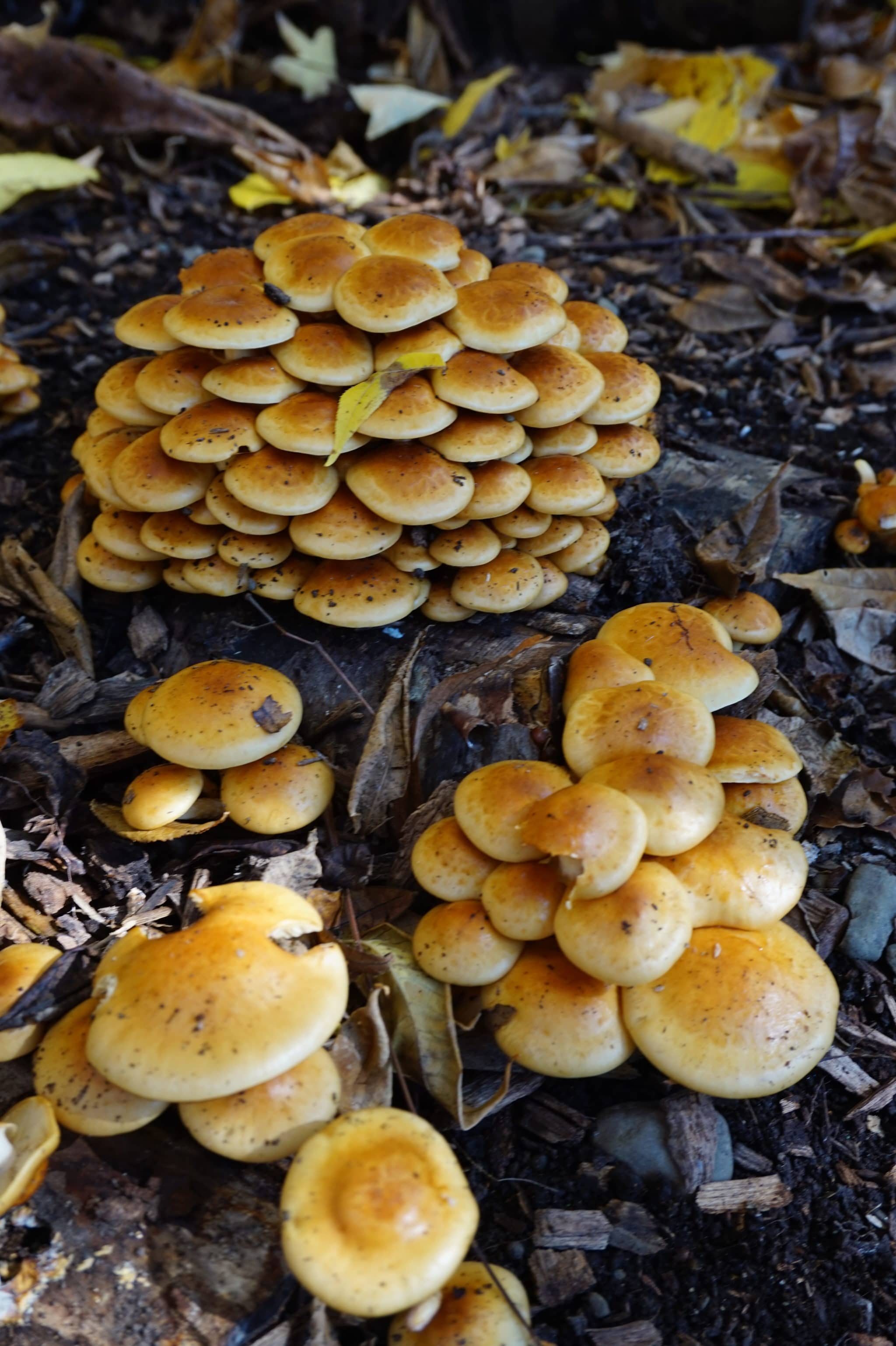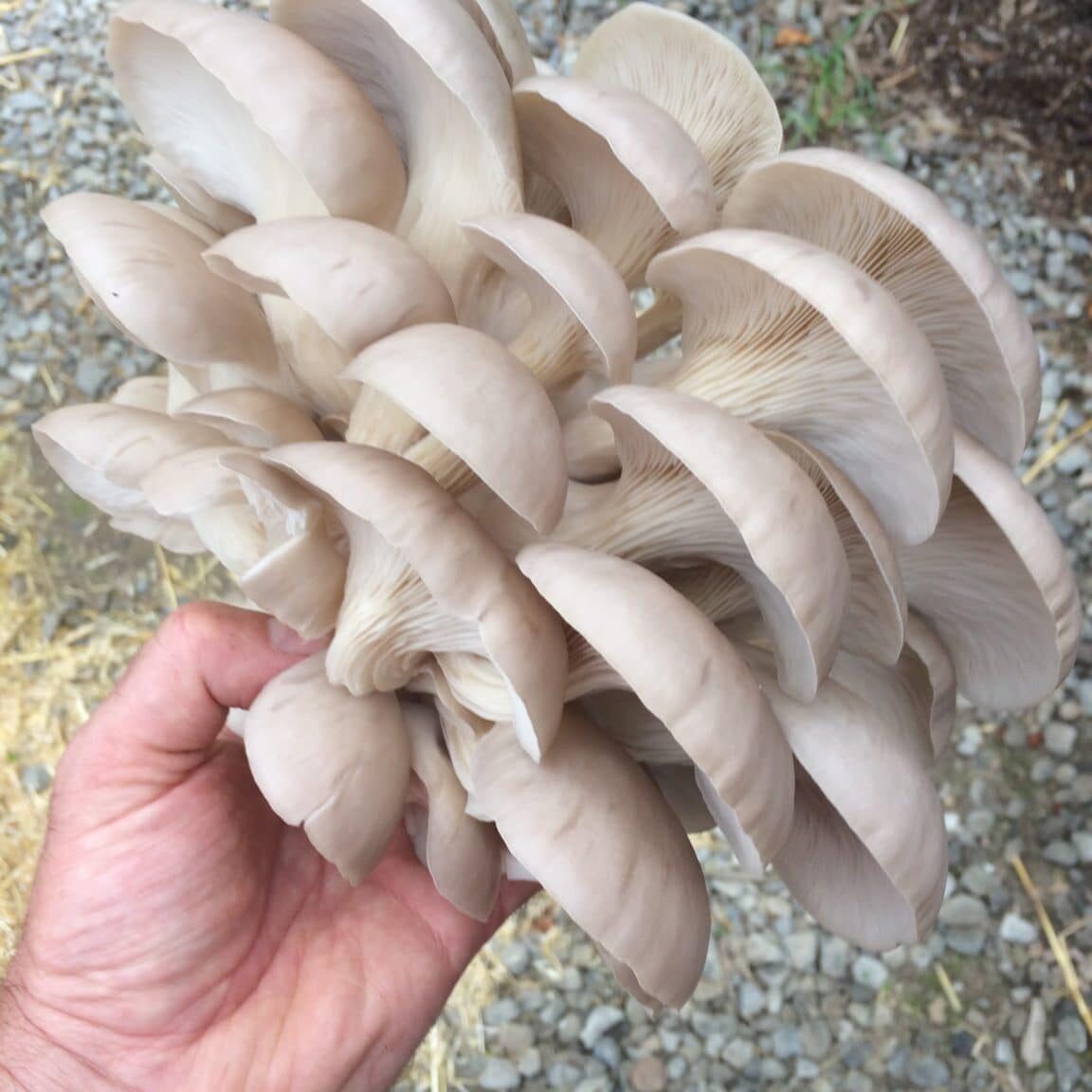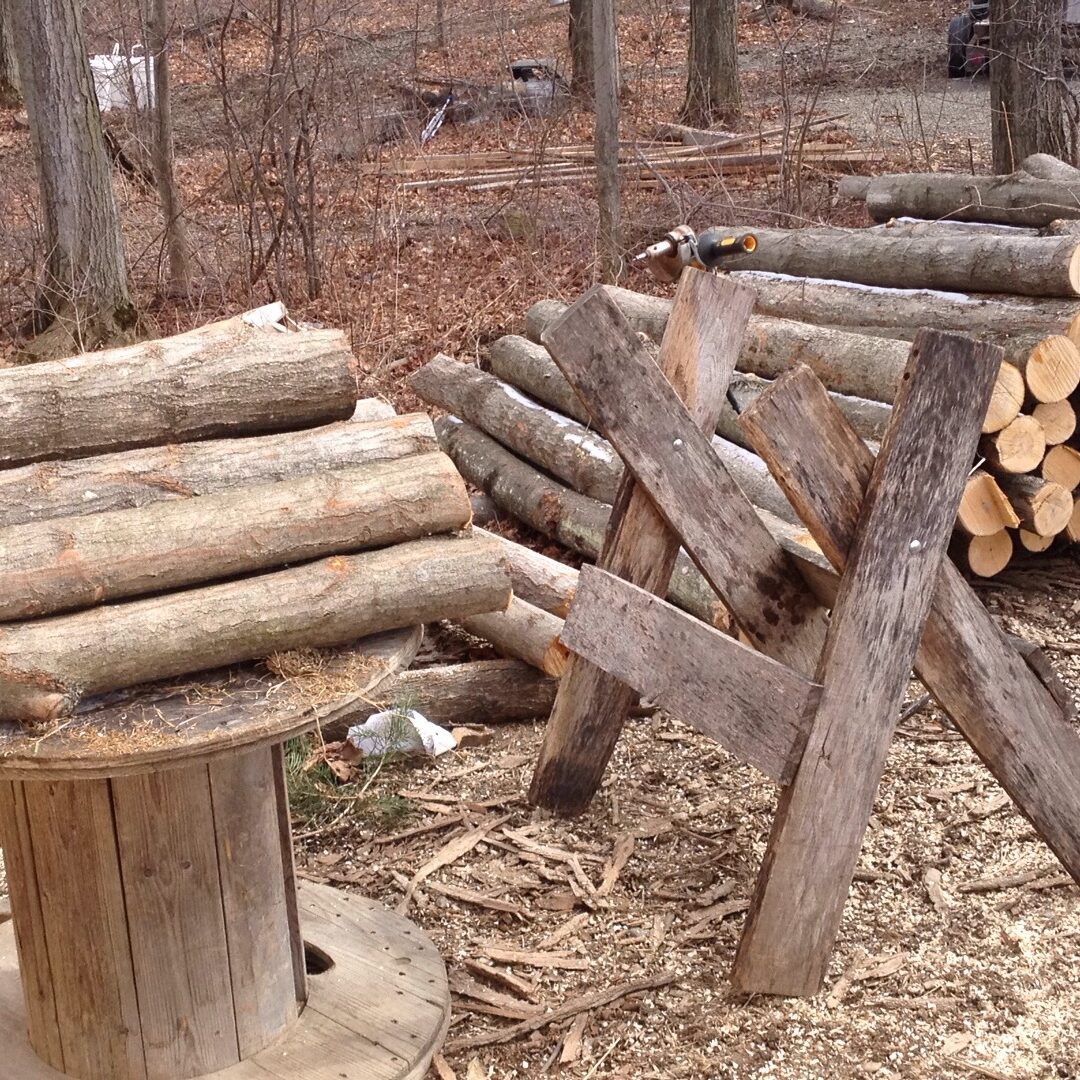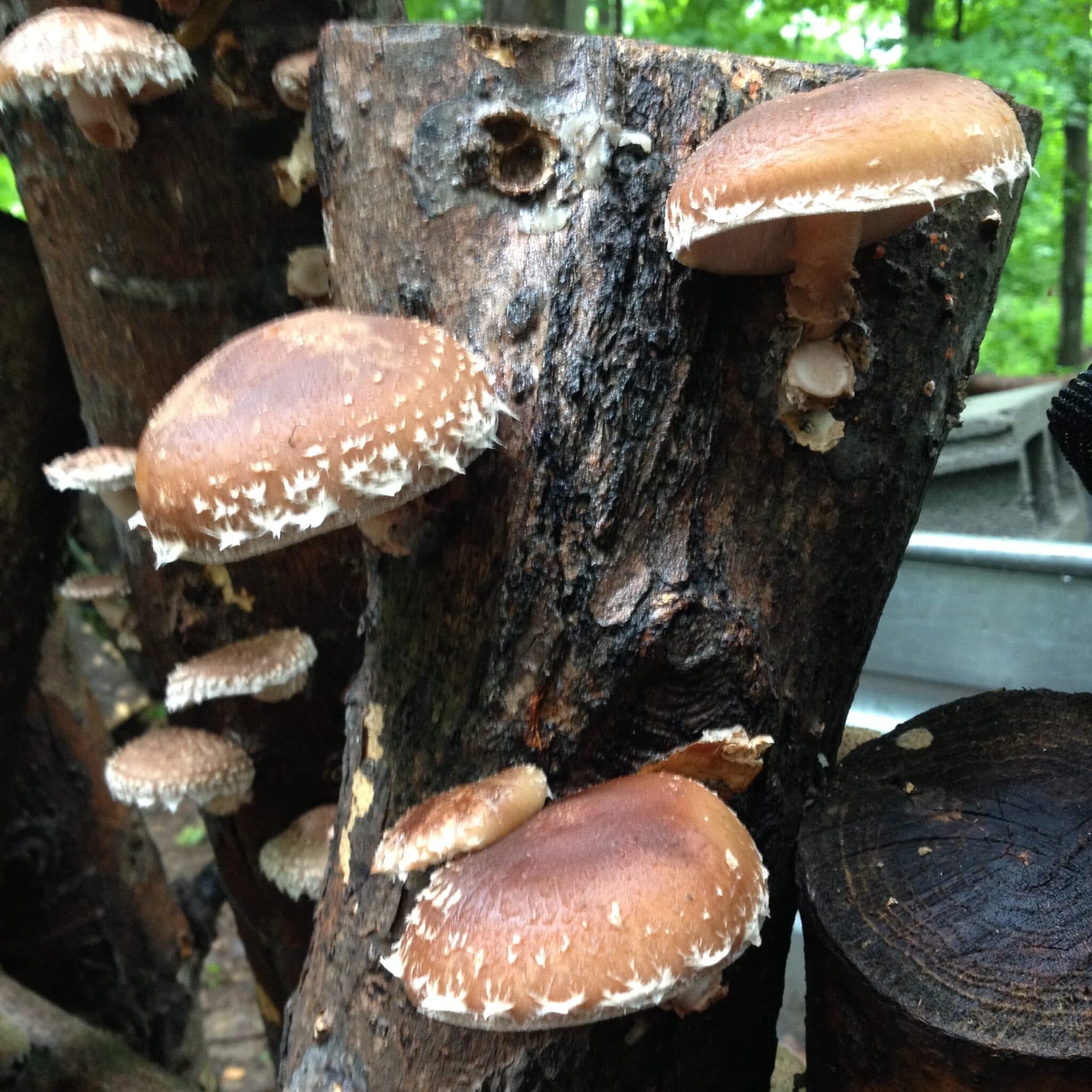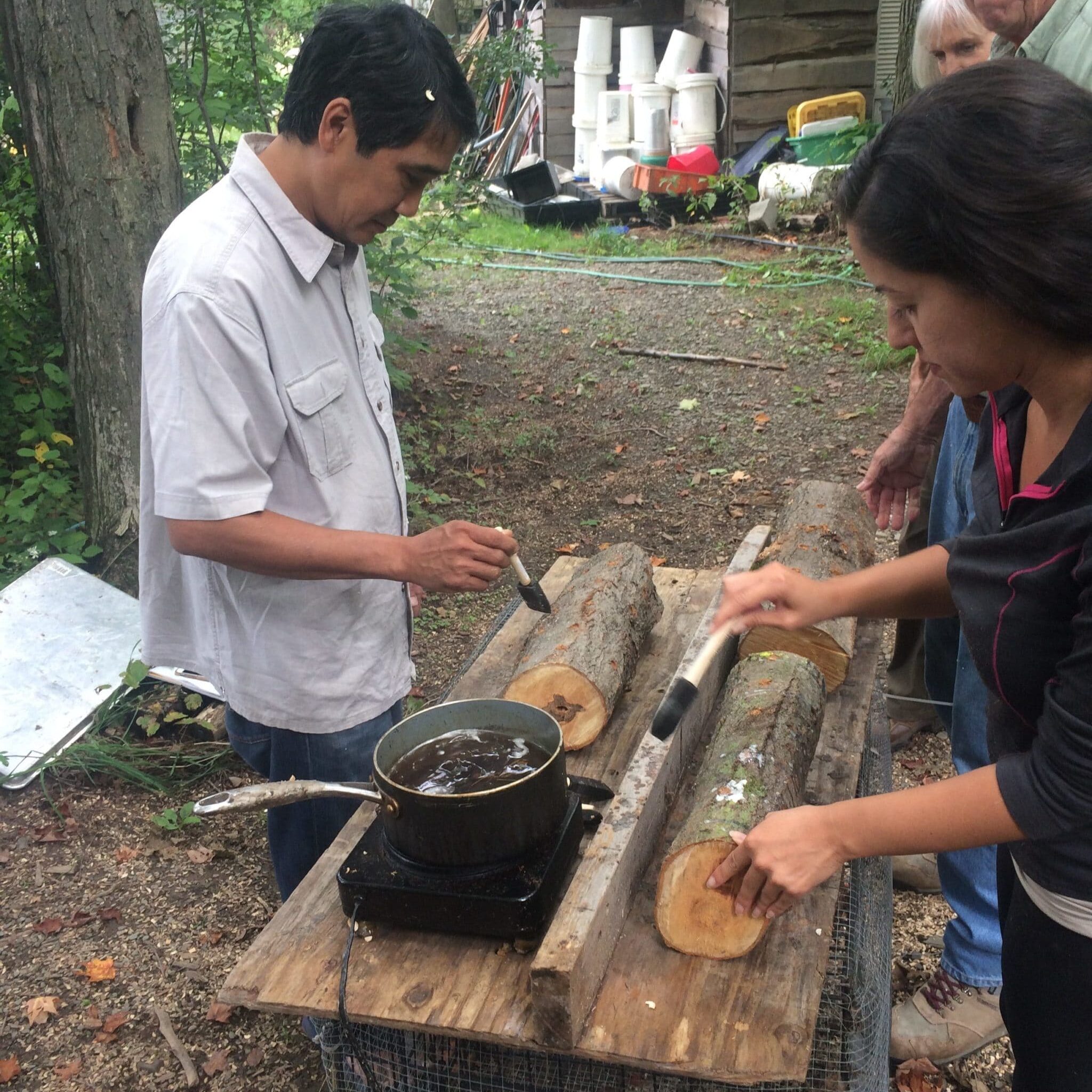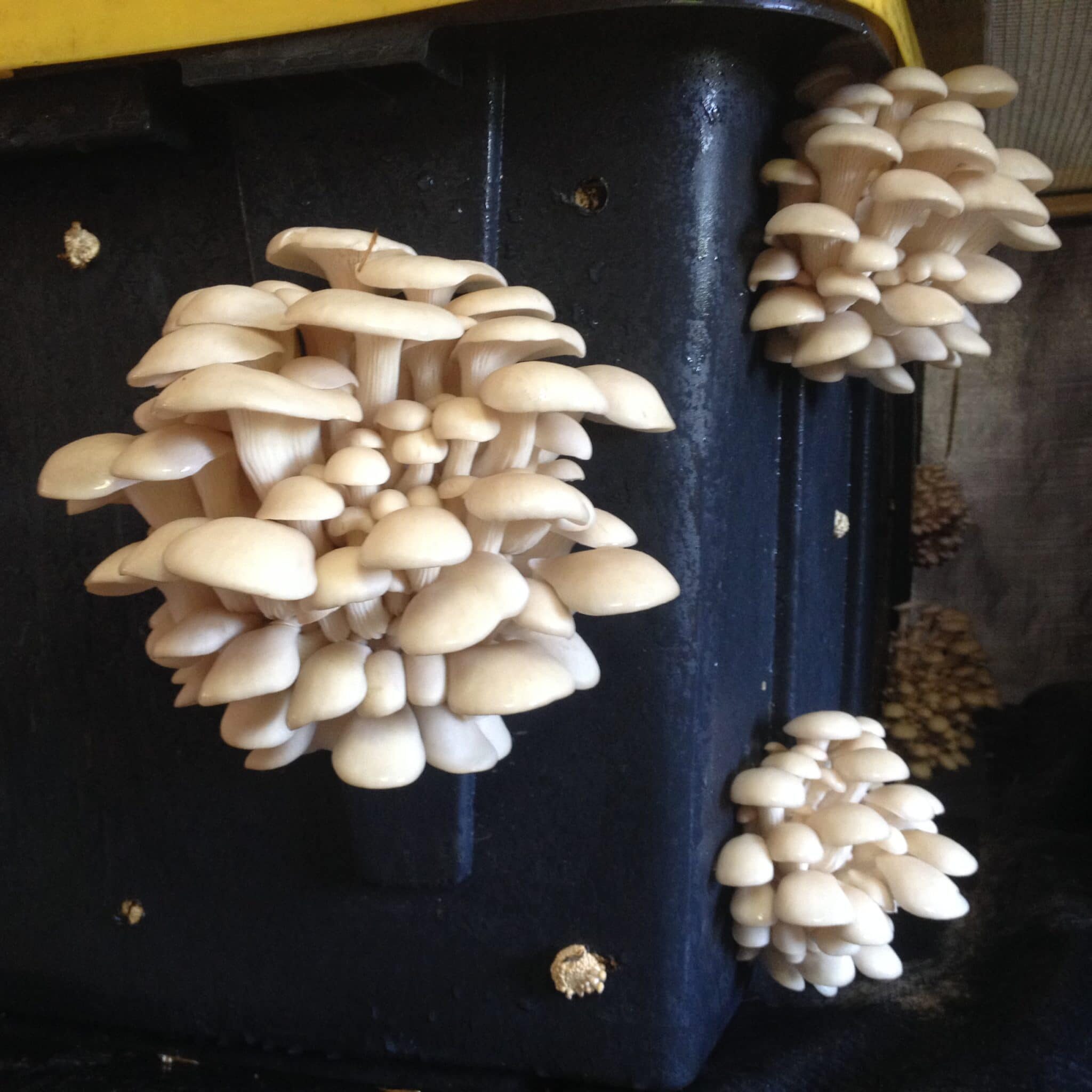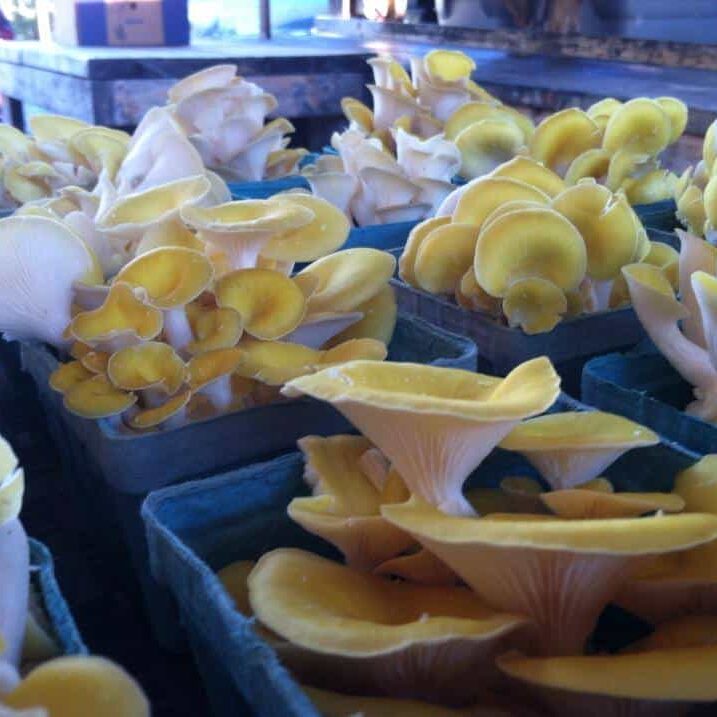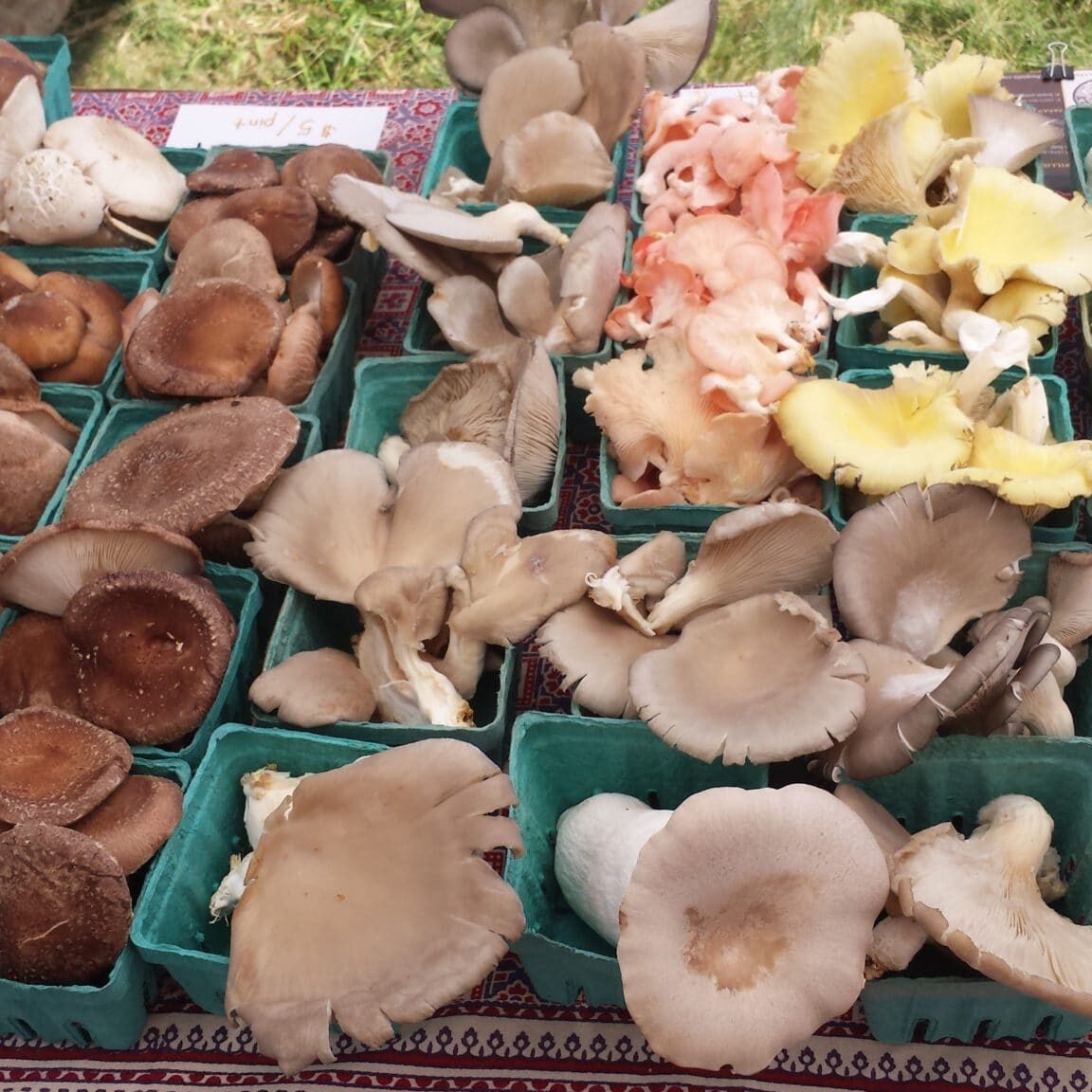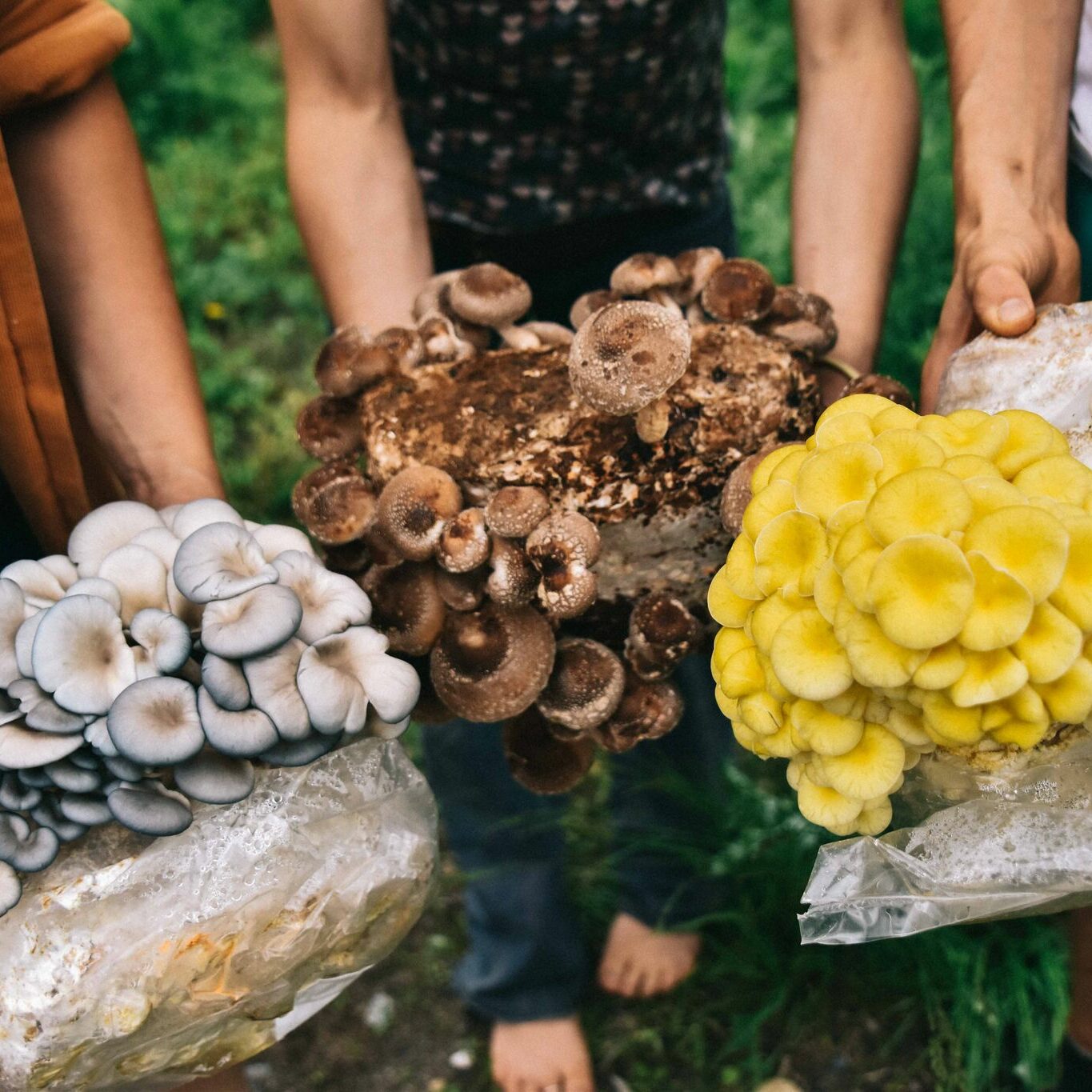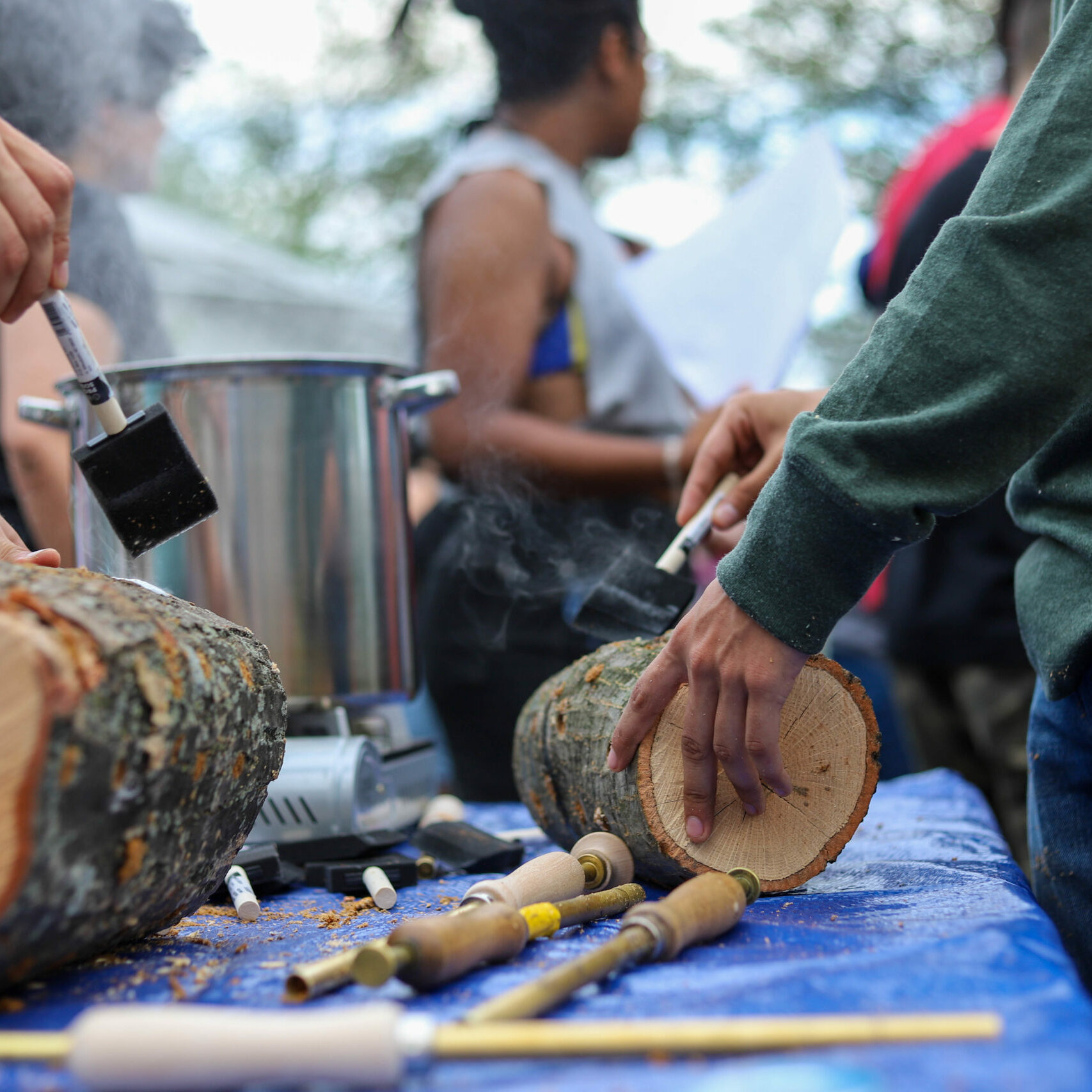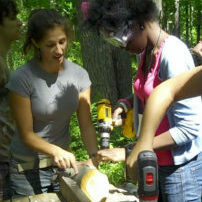Outdoor Production
This page offers the basic cultivation techniques and information on the economics of log grown shiitake enterprises.
While you might come across one of 10,000 fruiting mushrooms in the Eastern Forest, only a handful can be cultivated reliably. These are the decomposing fungi that can be grown on logs, stumps, woodchips, and in vegetable production beds.
Species include Shiitake (Lentinula edodes), Oyster (Pleurotus ostreatus), Lions Mane (Hericium spp.), Red Wine Cap (Stropharia Rugosa-annulata), Almond Agaricus (Agaricus subrufescens), and Nameko (Pholiota nameko).
| Mushroom Species | Shiitake | Oyster | Lions Mane | Wine Cap | Almond Agaricus | Nameko |
| Wood Species | Oak, Sugar Maple, Beech, Birch, Chesnut, Sweet Gum, others | Poplar, Tulip Poplar, Willow, Box Elder | Beech, Sugar Maple | Mixed hardwood chips | Mature Compost | Black Cherry, Sugar Maple |
| Preferred Methods | Bolts | Bolts, Stumps | Stumps | Beds | Beds | Bolts |
Each mushroom has its own preferred species of wood and method for successful cultivation. ONLY log shiitake can be reliably cultivated outdoors as a commercial crop, though other species can offer supplemental income when they fruit.
Reliable fruiting of other species for commercial sales is most often done in indoor cultivation systems. Read on more to meet the Mushrooms!
Shiitake on Logs
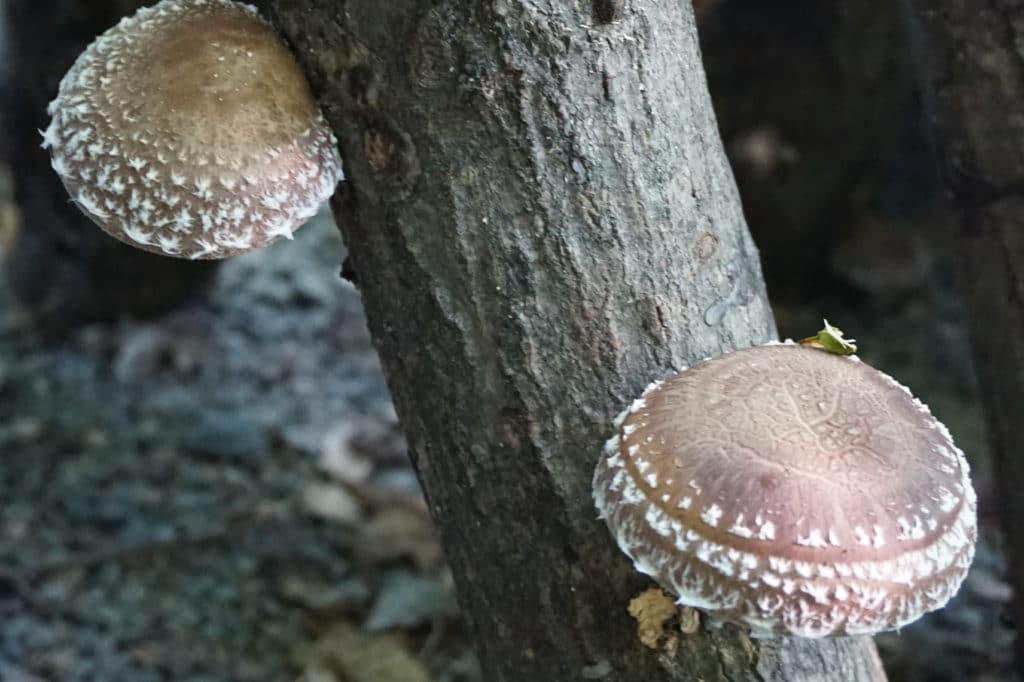
Shiitake mushrooms are among the oldest of all agricultural crops, with cultivation dating back to several thousand years in parts of China, Korea, and Japan. They began being cultivated in North America in the 1980s and offer the most economically viable of all the outdoor methods of mushroom cultivation. Data from past research indicates that, over three seasons, a 1,000 log operation would cost $4,740 to establish and would yield 1,040 pounds of mushrooms annually and could generate $12,480 of income for the farmer each year. This rate can be perpetually sustained from year four onward and would qualify a producer for agricultural exemption in New York.
VIDEO: INOCULATION BASICS
VIDEO: INOCULATION BASICS

Oyster and Lions Mane on Stumps and Totems
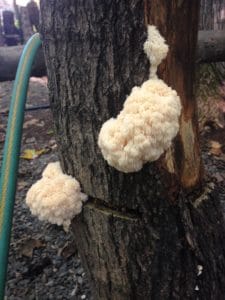
Both Oyster and Lions Mane mushrooms can be easily grown on stumps or "totems", which are larger logs that stand up on their end. These are sometimes called "chainsaw inoculations" as one only needs a saw and a bag of mushroom spawn to complete the task. See the videos below to learn how!
While oysters can fruit one to three times over the growing season, lions mane typically only fruits one time per year, in the fall.
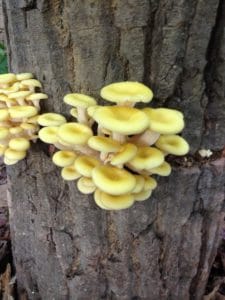
Wine Cap in Woodchip Beds
Wine Cap mushrooms, also know as Stropharia and Garden Giant, are among the easiest beginning mushrooms to grow. All you need is a space with hardwood woodchips or straw to get started. Integrating Wine Cap into existing mulched areas of the farm or garden is ideal, whether they be with vegetables, berries, or fruit trees. They can be inoculated any time during the growing season and will fruit from 2 - 6 months after inoculation (given that the temperatures are still warm enough). They can also be successfully grown in trays or pots. Once established, a patch can last for several seasons, and can be used to start new patches.
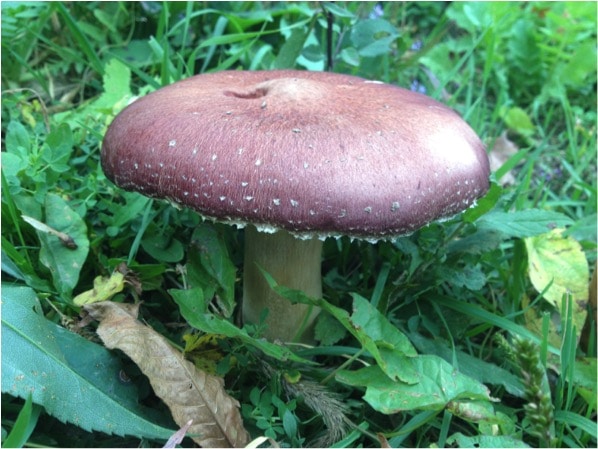
Almond Agaricus on Compost Beds
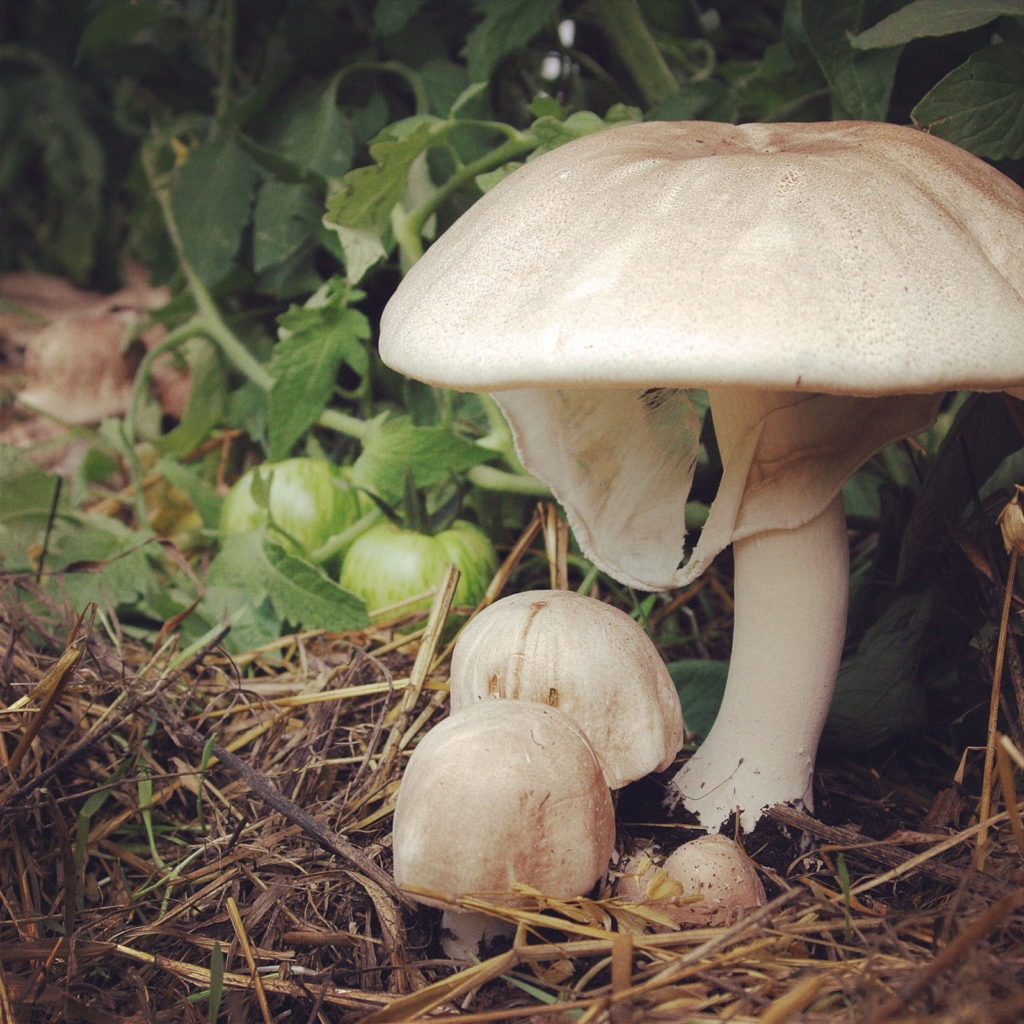
Almond Agaricus (Agaricus subrufescens) is a fragrant summer mushroom that can be grown in high quality compost. Almonds can be cultivated commercially (and in larger scale) in beds within high tunnels and greenhouses, or in areas outdoors where moisture can be added and monitored. It can grow in the shaded woods and sunny garden (best alongside big, leafy plants because of the added shade). Or, it can be grown “small scale” in window boxes or large potted plants, indoors or out. It can be planted May until early July in the North, earlier in the South, or whenever the last frost date is in your area.
READ OUR ARTICLE ON GROWING ALMOND AGARICUS:
https://smallfarms.cornell.edu/2019/07/01/the-abcs-of-almond-agaricus-mushrooms/
Nameko on Logs
This mushroom generally fruits in the fall, and prefers to grow on either Black Cherry (Prunus serotina) or Sugar Maple (Acer saccharum) logs inoculated in the exact same way as shiitake. (see above) The logs are then either stacked in the woods or sometimes buried in a shallow bed of woodchips, which helps retain moisture.
We don't currently have any further resources but recommend interested growers seek out more information from one of the companies selling the spawn on our suppliers page.
